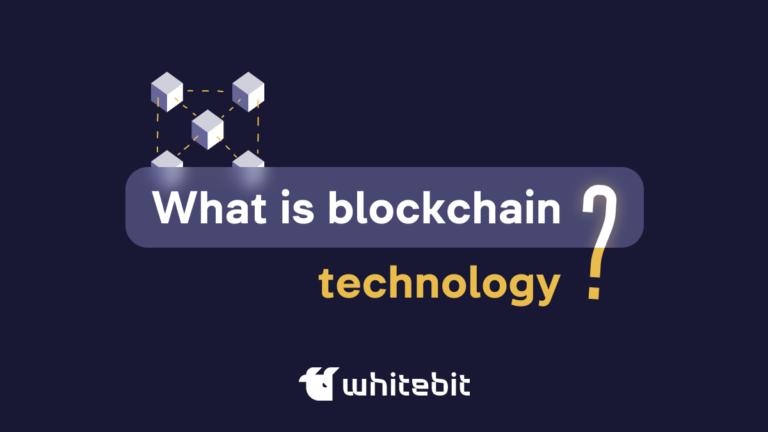What Is a Protocol in Crypto?

The protocols used in cryptocurrencies depend on security, scalability, and decentralization. But what is a blockchain protocol, and how does it affect the operation of blockchain networks? In our article, we will explore these questions.
What Is a Crypto Protocol?
A protocol is a set of rules governing data exchange between computers. Blockchain protocols set the structure underlying the networks. For example, the Bitcoin blockchain is a protocol developed by Satoshi Nakamoto that enables P2P payments without intermediaries. The blockchain functions as a distributed ledger, recording transactions and protected by the combined computational power of the entire network.
Unlike traditional internet protocols, such as HTTP and SMTP, which operate in centralized networks, cryptographic protocols are oriented towards decentralization, where data is distributed and processed without a central intermediary. This provides a higher level of security and trust among network participants. Traditional protocols rely on the security of central servers, whereas decentralized protocol use complex encryption mechanisms and consensus methods, making them the foundation for modern decentralized financial systems and applications.

Importance of Protocols
Cryptographic protocols play a key role in the functioning of decentralized systems, coordinating and regulating interactions among participants without a central intermediary. They set the rules for data exchange, consensus achievement, and transaction verification, ensuring the stability and reliability of blockchain networks and allowing users to conduct transactions directly.
Blockchain protocol also ensures data security, transparency, and immutability. Complex cryptographic methods protect data from unauthorized access, and the open ledger allows any network participant to view transactions. The double-spending problem is resolved through consensus mechanisms, such as Proof of Work in Bitcoin (BTC), which ensures that information cannot be altered once recorded. These properties make decentralized financial exchanges (DEX) reliable and secure transfer for all participants.

How Protocols Work in Crypto?
To better understand how cryptographic protocols work, let’s look at the crypto protocols list:
- Mining is the process of confirming transactions and adding new blocks to the blockchain using the Proof of Work (PoW) algorithm. Miners solve complex mathematical problems that require significant computational resources. Miners receive a reward in the form of cryptocurrency for successfully solving a problem and adding a block. Mining ensures the network’s security, as a successful attack would require enormous computational power.
- Staking: Participating in transaction confirmation and creating new blocks using the Proof of Stake (PoS) algorithm. Cryptocurrency holders (validators) stake their coins to earn the right to verify transactions and create blocks. In case of fraud, validators can lose their staked coins. Staking makes attacks on the network economically unfeasible and is a more energy-efficient alternative to mining.
- Smart Contracts: These are programmable contracts that automatically execute when certain conditions are met. They operate on a blockchain platform and enable the creation of decentralized applications (dapp). Smart contracts ensure transparency and immutability of terms, as their execution is controlled by the blockchain network.
Examples of Crypto Protocols
- Bitcoin (BTC): Bitcoin is the first and most well-known cryptographic protocol, created by Satoshi Nakamoto. It uses the Proof of Work consensus algorithm to ensure security and decentralization. The Bitcoin protocol enables P2P payments without intermediaries and functions as a distributed ledger, where the network’s computational power records and protects each transaction.
- Ethereum (ETH): Ethereum is a platform for creating decentralized applications and smart contracts. It uses a modified Proof of Stake consensus algorithm (Ethereum 2.0), which provides higher scalability and energy efficiency. Ethereum offers powerful tools for developing and deploying programmable contracts, making it the foundation for numerous blockchain projects.
- Polkadot (DOT): Polkadot is a protocol that enables different blockchains to interact with each other. It uses a unique consensus mechanism called Nominated Proof of Stake (NPoS), which enhances network security and scalability. Polkadot allows for creating and connecting parachains, specialized blockchains that can interact with each other and the main Polkadot chain.

Benefits of Crypto Protocols
Cryptographic protocols provide significant advantages due to decentralization and the elimination of intermediaries. They allow users to conduct transactions directly, reducing costs and increasing processing speed. Removing central intermediaries decreases risks associated with data management, while cryptographic methods and distributed architecture ensure a high level of security. Consensus algorithms, such as Proof of Work and Proof of Stake, allow trust in the system without the need to trust each other.
Furthermore, cryptographic protocols promote innovation and the creation of new applications. They are the foundation for decentralized finance (DeFi), which offers financial services without traditional banks. Non-fungible tokens (NFTs) represent unique digital objects and ensure ownership rights. Platforms like Ethereum support the development of dapps, offering users new opportunities and experiences.
Conclusion
Cryptographic protocols’ decentralization and security create a solid foundation for building new financial systems and digital ecosystems. These protocols enhance transaction efficiency and transparency and stimulate the creation of new forms of digital assets and applications, such as NFTs and dapps.










